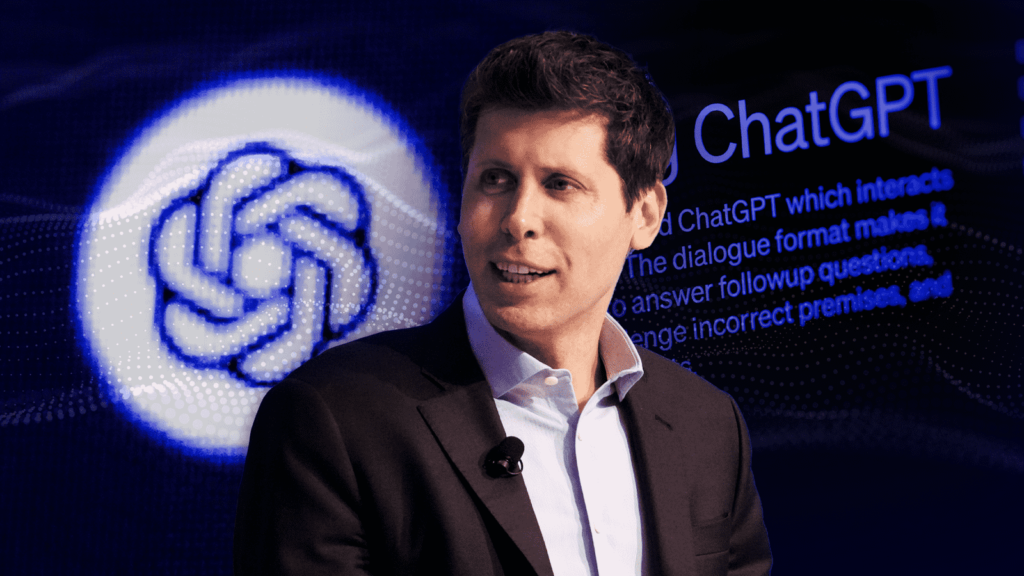OpenAI has developed an innovative artificial intelligence (AI) tool that can reproduce human speech.
What can you do with a voice engine?
The AI tool is called Voice Engine and can recreate the human voice using text input and a single 15-second recording sample. Using this data, AI tools generate natural-sounding speech that resembles the original speaker (audio sample).
In the meantime, the new Large Language Model (LLM) application is being made available only to a small group of testers who are expected to provide feedback on the potential dangers of using it.
From the few test runs conducted, it was found that the generated sounds were somewhat difficult to distinguish from the original. It is worth noting that this new AI tool is not limited to one spoken language.
The text fed into the system doesn't have to be in English; audio can also be reproduced in Spanish, French, Chinese, and other languages.
Voice Engine is another big hit solution from OpenAI in the AI industry.
OpenAI previously introduced ChatGPT's DALL-Eis a tool that allows you to generate digital images simply by receiving a text description.Recently, AI companies have launched sky, an innovative content creation model that converts text to video. Voice Engine is the latest in his suite of AI tools that the company led by Sam Altman has released in a short period of time.
Mega OpenAI Data Center Alliance with Microsoft
Instead of working toward advancements in AI technology, OpenAI collaborates with Microsoft We are working on launching a data center project. The project is expected to cost as much as $100 billion and will also include an AI supercomputer called Stargate.
According to their plans, the supercomputer will be launched in 2028. Notably, the project is divided into his five phases, of which Stargate is the last.
Meanwhile, Microsoft is already working on a smaller Phase 4 supercomputer for OpenAI, which could debut around 2026.
This future work will demonstrate the rapid adoption and utilization of generative AI technology. As a result, this has created a demand for AI data centers that can handle more advanced tasks than traditional data center alternatives.


